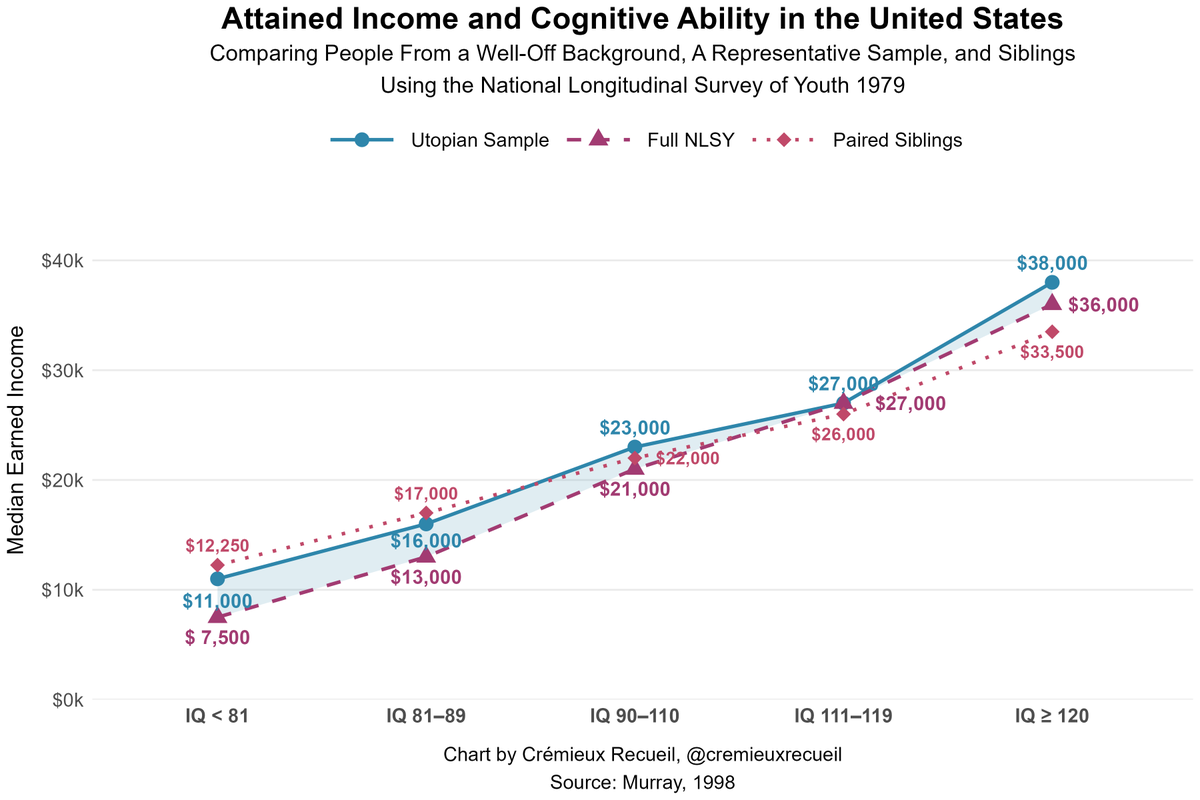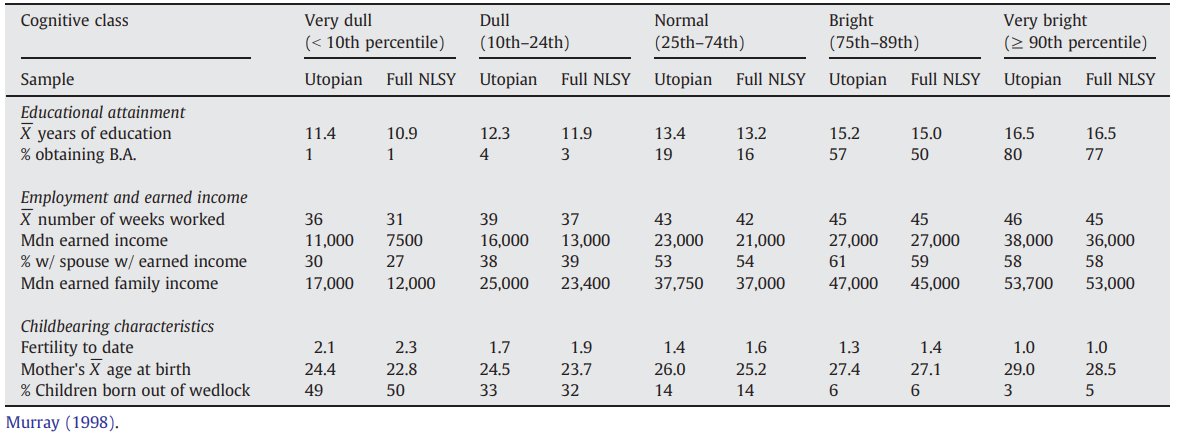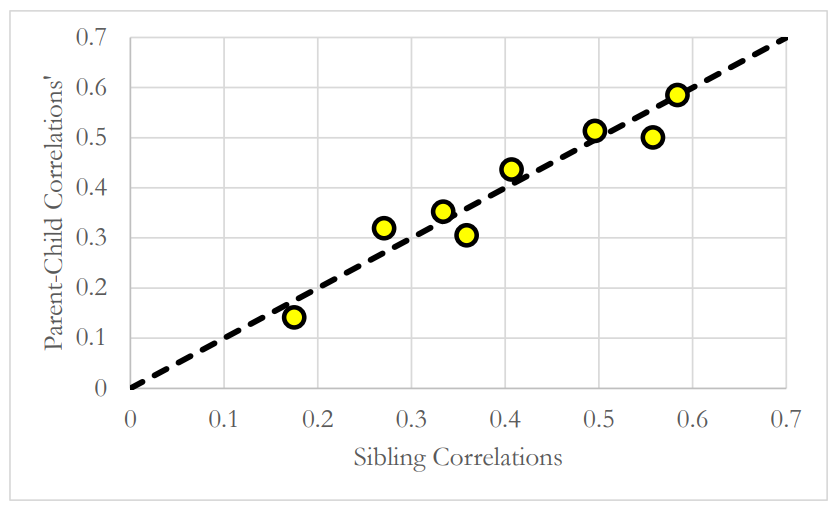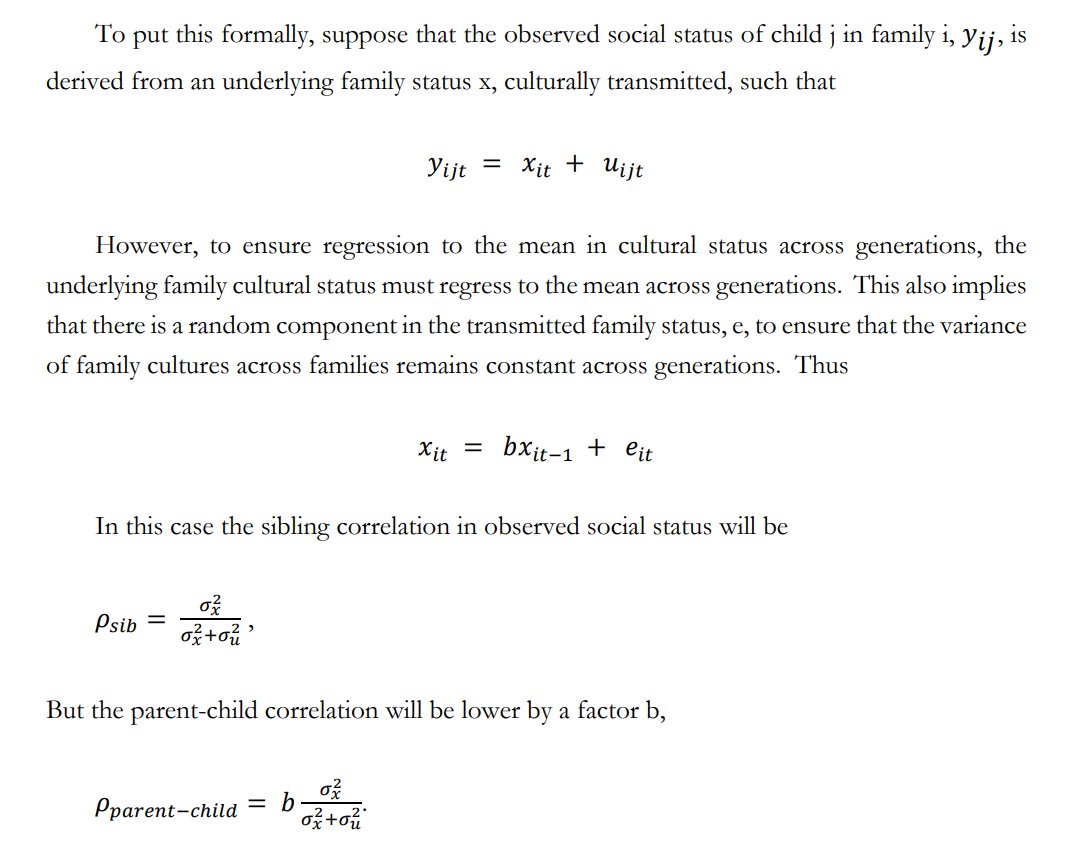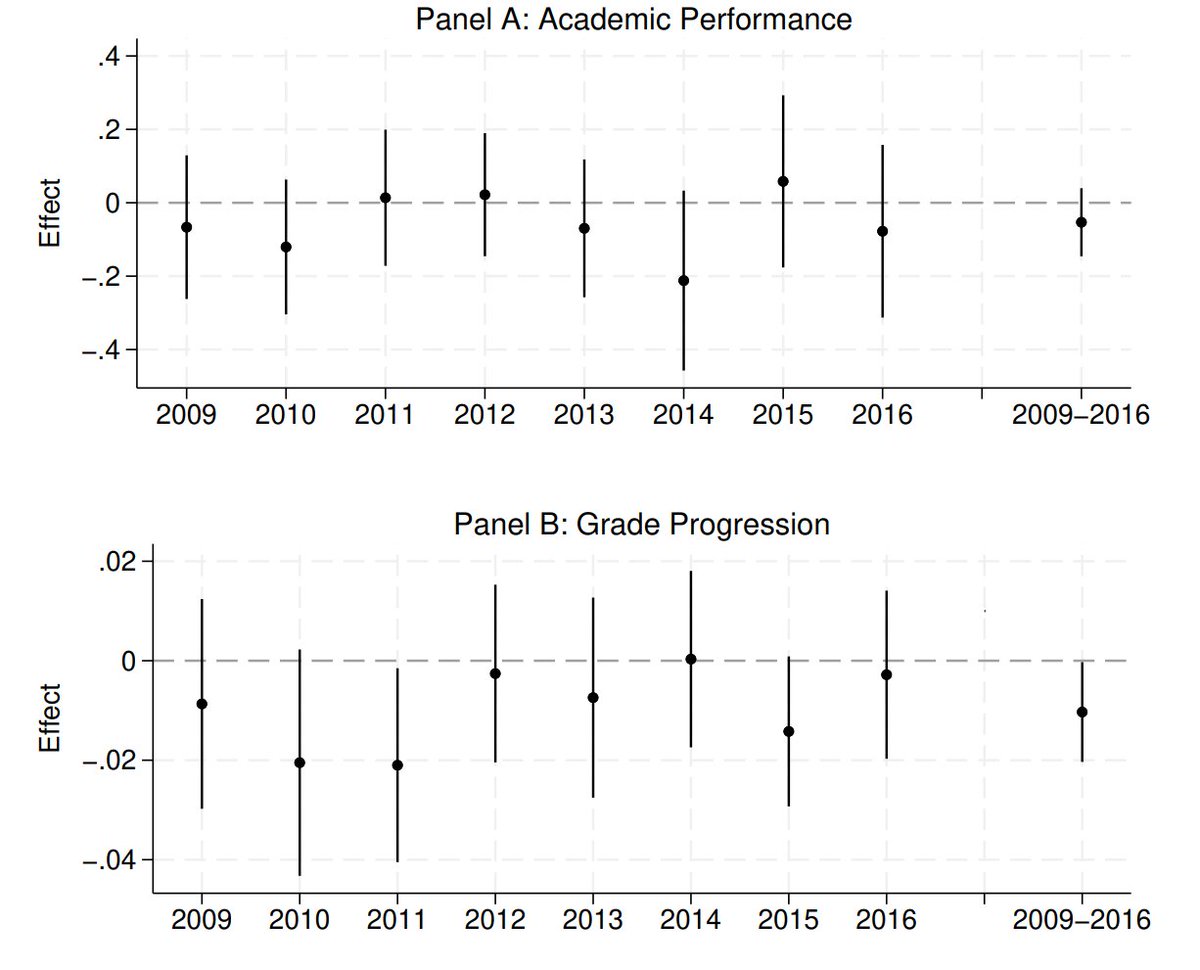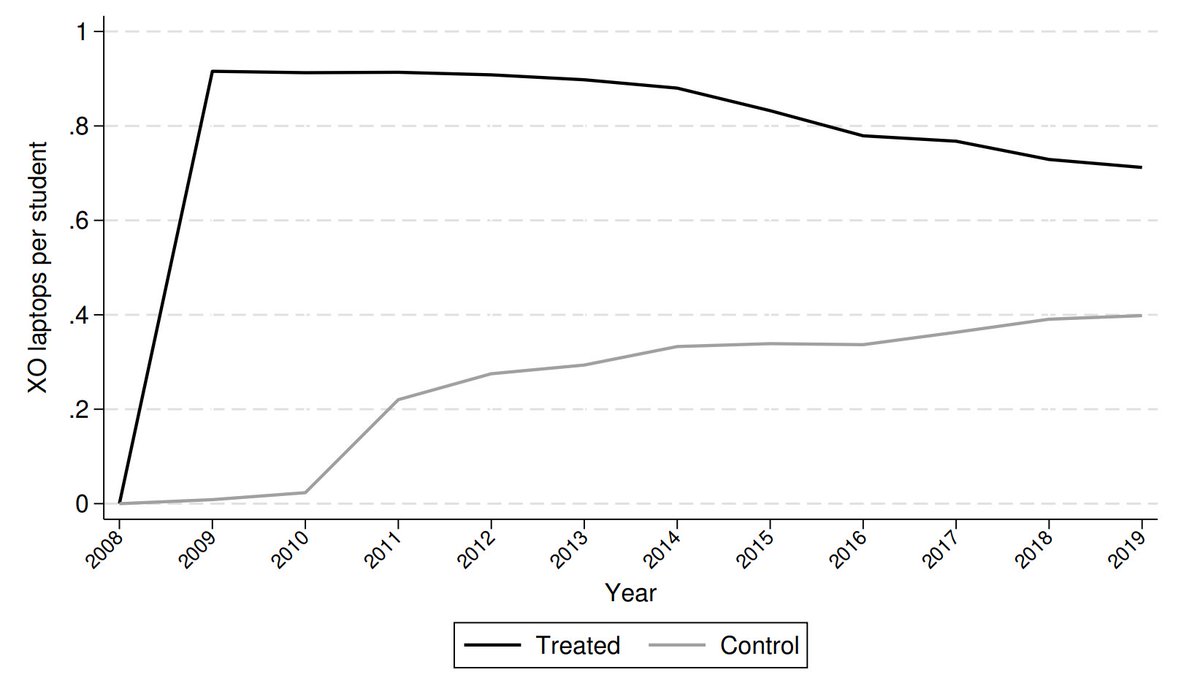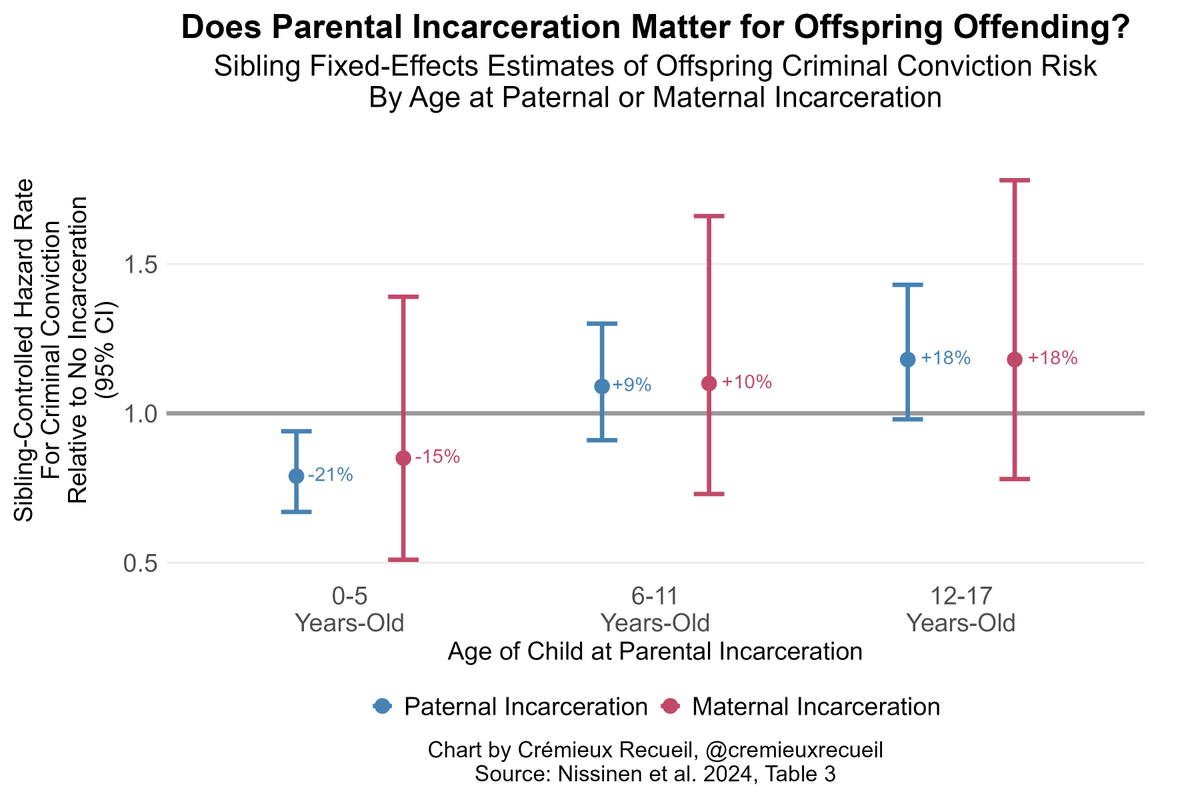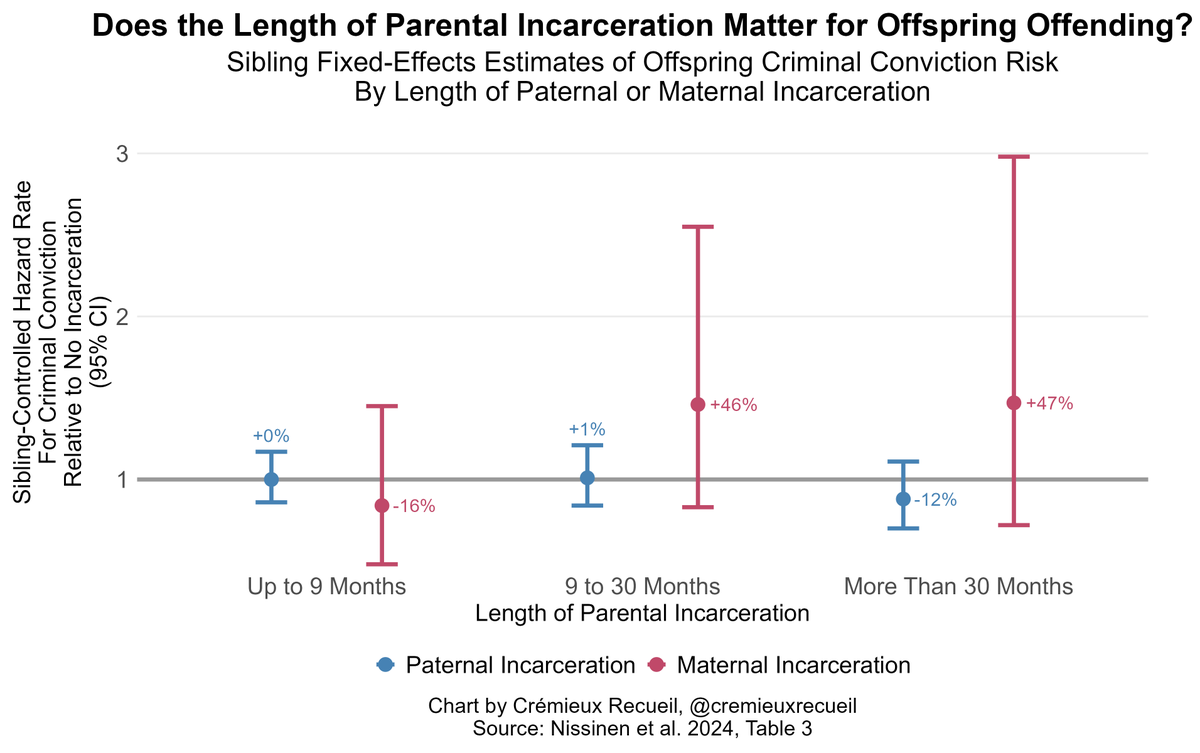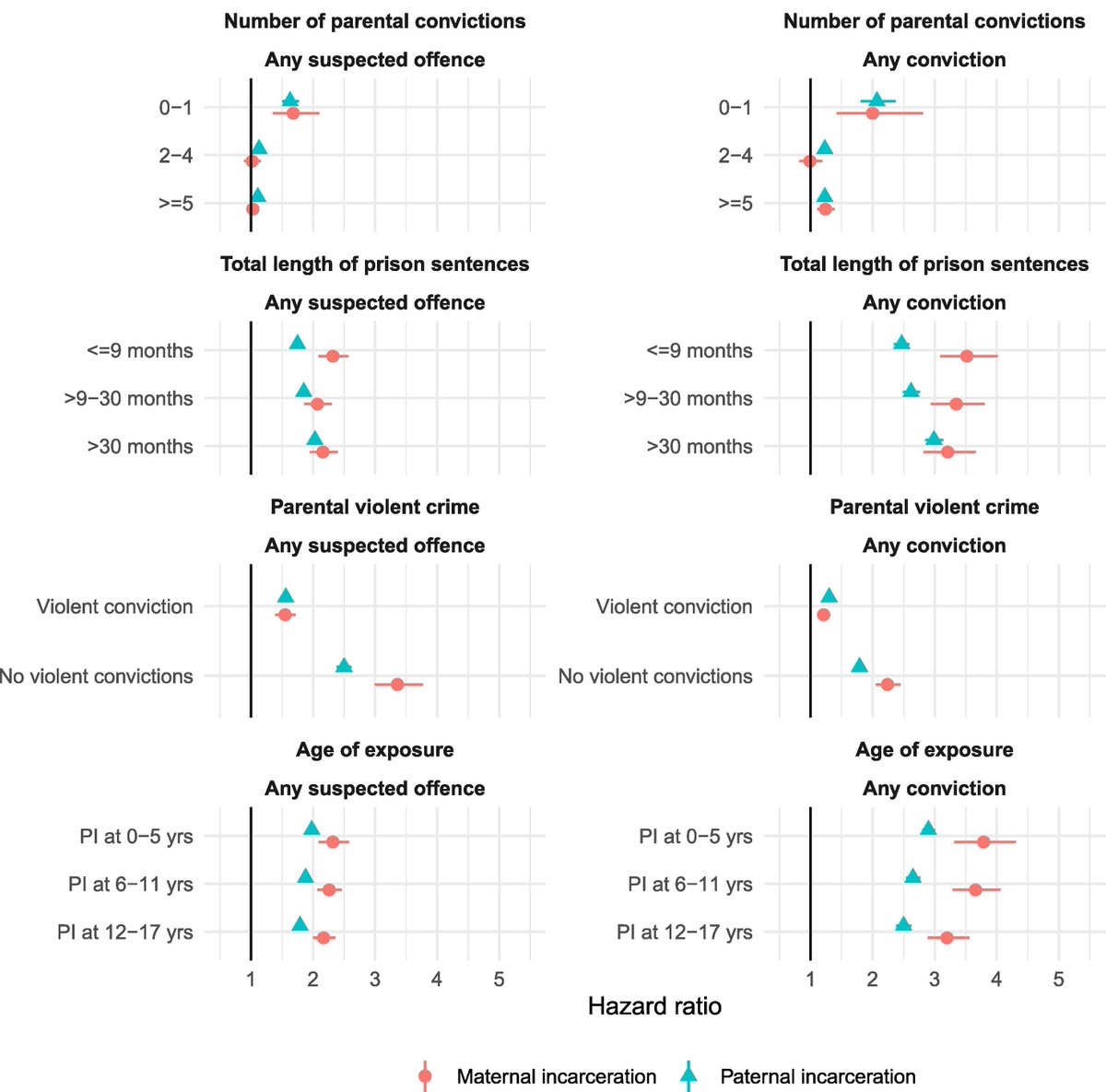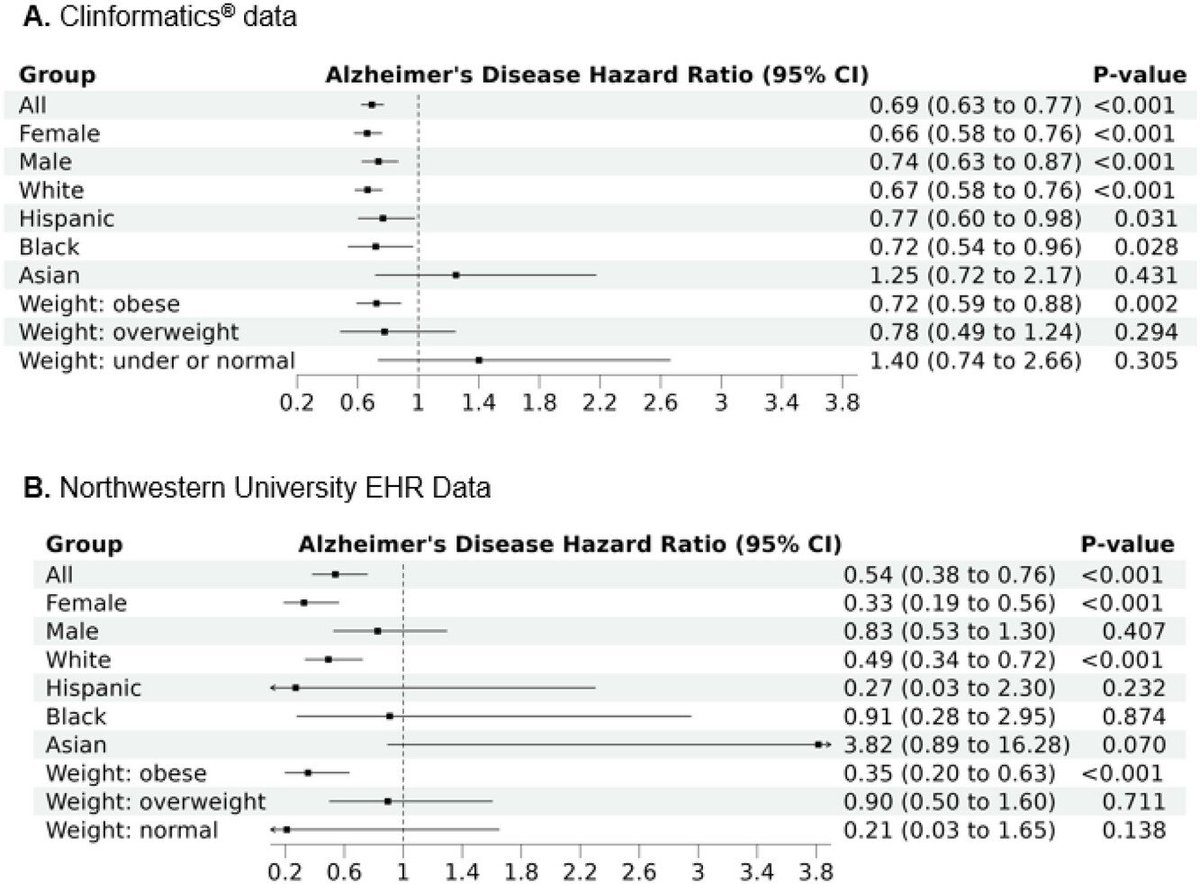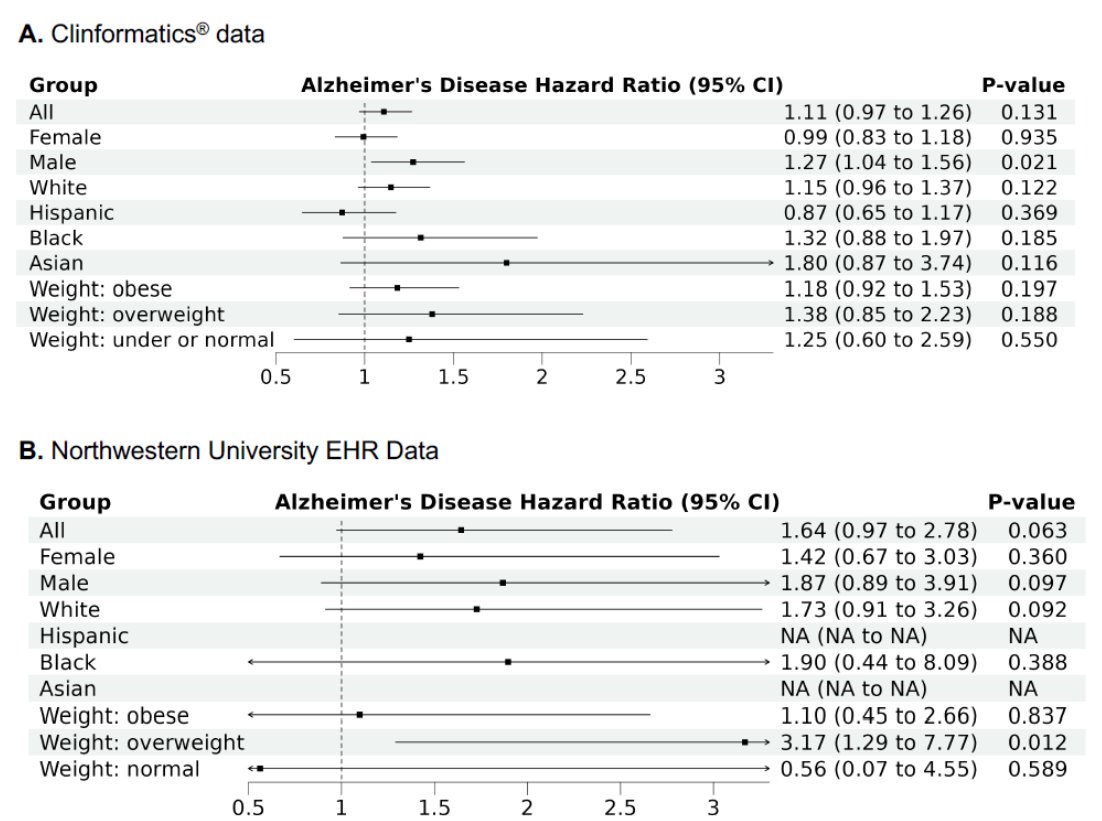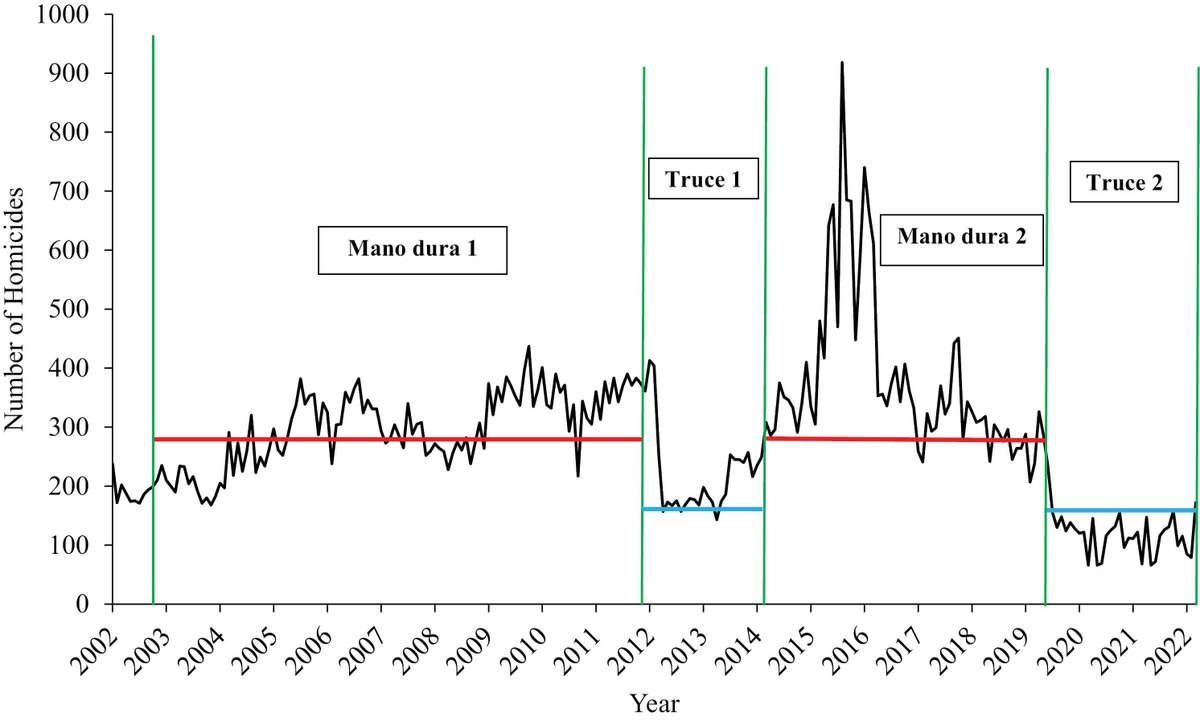The White House just released a really good executive order on cleaning up America's streets, re-institutionalizing insane people, and ending open air drug abuse and the problems it creates.
Here's a quick overview🧵
Here's a quick overview🧵

The first section is the one I'm most excited for. An alternative name for it could be "Bring Back The Asylums"
It instructs the administration to make it possible to involuntarily commit crazy people again
That crazy hobo pushing a cart full of urine bottles? He's going away!
It instructs the administration to make it possible to involuntarily commit crazy people again
That crazy hobo pushing a cart full of urine bottles? He's going away!
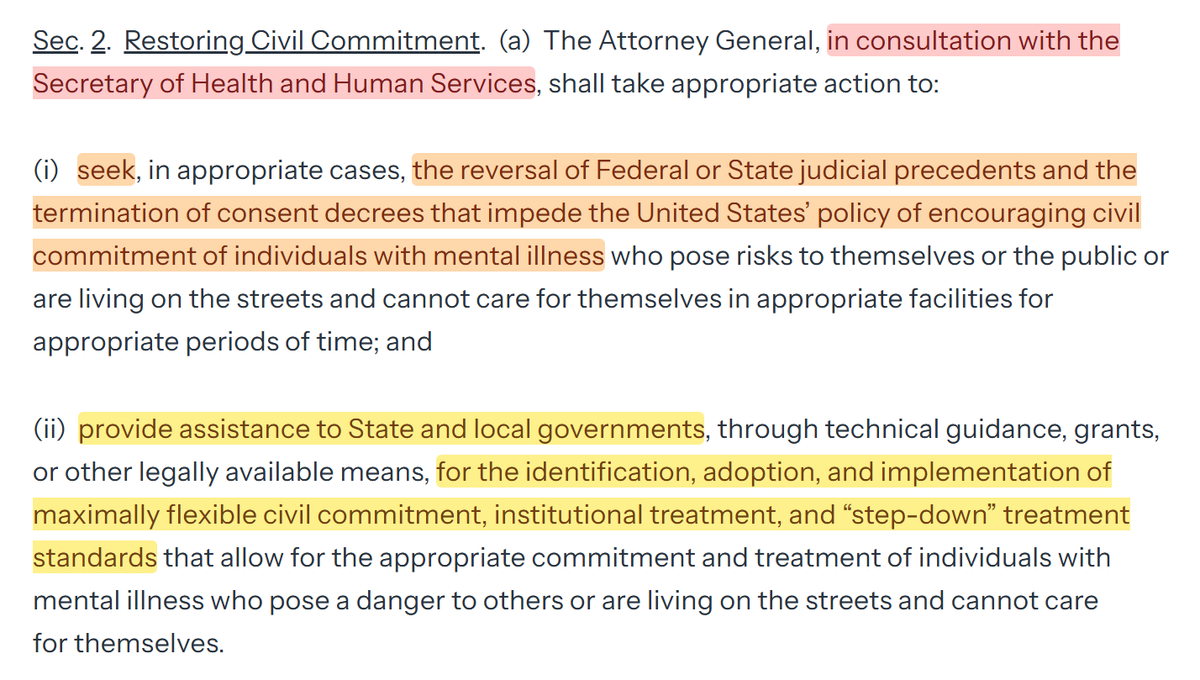
The next section is one that you'll need to familiarize yourself with if you're interested in 'what happens next'.
This was a never achieved goal in Trump-I.
The idea is to compel cities to do what you want by withholding, barring, and giving discretionary funds for compliance.
This was a never achieved goal in Trump-I.
The idea is to compel cities to do what you want by withholding, barring, and giving discretionary funds for compliance.

So, for example, one idea that has made its way through the whisper networks is to compel cities to adopt housing plans and to build more homes by taking away all possible federal funds if they don't
Upzone? Here, have money
Stagnate? No soup for you
Downzone? Fighting words
Upzone? Here, have money
Stagnate? No soup for you
Downzone? Fighting words
This will be the first attempt at actually making this happen.
The grantees who will be preferred by this program will be those that
Don't let people use drugs in public, don't let hobos set up tents and mill about, don't let people squat in homes that aren't theirs...
The grantees who will be preferred by this program will be those that
Don't let people use drugs in public, don't let hobos set up tents and mill about, don't let people squat in homes that aren't theirs...

Preferred grantees will be those who try to lock up insane hobos, and
Actually comply with using sex offender registries.
You might not have known, but a lot of hobos are sex offenders with criminal histories. You won't find their 'address' listed though, since they lack one.
Actually comply with using sex offender registries.
You might not have known, but a lot of hobos are sex offenders with criminal histories. You won't find their 'address' listed though, since they lack one.

This section also instructs the AG to make federal criminals subject to evaluation as sex pests who can be involuntarily committed
It also says to start doing things to stop the catch-and-release game that's played with crazy people, where they're let out due to 'lack of space'
It also says to start doing things to stop the catch-and-release game that's played with crazy people, where they're let out due to 'lack of space'

The next section cuts off the infinite spigot of pointless funding for so-called "harm reduction" programs that keep people using drugs 'safely' instead of seeking real treatment
This section also funds assistance for commitment, comprehensive services, and crisis interventions
This section also funds assistance for commitment, comprehensive services, and crisis interventions

You might ask yourself:
Where's the court capacity to do all of this?
Not a worry: The EO funds the expansion of drug and mental health courts.
Where's the court capacity to do all of this?
Not a worry: The EO funds the expansion of drug and mental health courts.

The last section begins by calling for an end to "Housing First" programs.
These are programs that seek to get homeless people into homes prior to getting them into treatment for their mental health and drug abuse issues.
They often lead to wasted public funds.
These are programs that seek to get homeless people into homes prior to getting them into treatment for their mental health and drug abuse issues.
They often lead to wasted public funds.
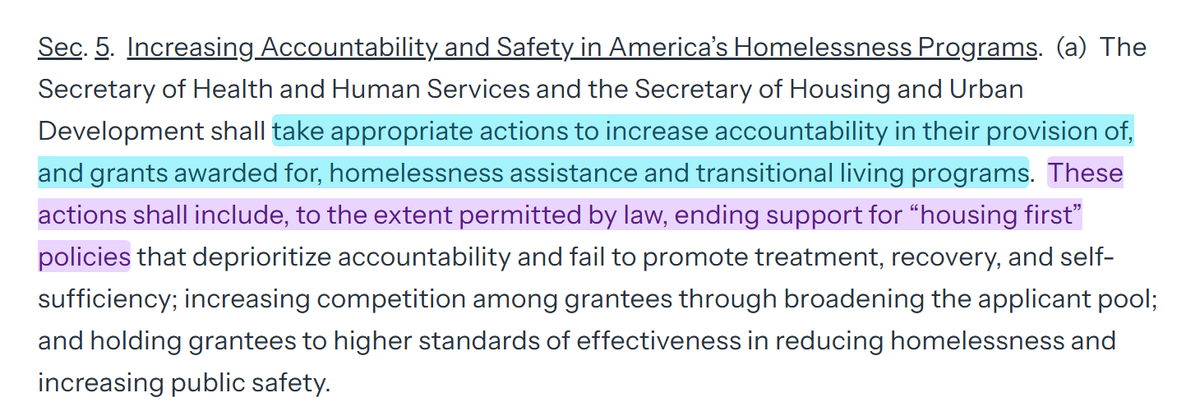
A recurring theme in all this is that the administration wants homelessness programs to be more effective.
For too long now, programs have failed to push people into treatment. But now that's required.
For too long now, programs have failed to push people into treatment. But now that's required.

The Order also calls for prosecuting people who run programs that facilitate drug use.
This admin wants a cold turkey stop to drug use, no more excuses and partial-measures that don't resolve the issue. They want people to toughen up and end soft approaches.
This admin wants a cold turkey stop to drug use, no more excuses and partial-measures that don't resolve the issue. They want people to toughen up and end soft approaches.

The final part of the order demands recipients of grants for homelessness provide data where requested to make programs work better.
And this part, which shouldn't need to be said: stop sex offenders from being housed with unrelated children.
And this part, which shouldn't need to be said: stop sex offenders from being housed with unrelated children.

This Order is bound to make a lot of people upset
People have terrible theories about homelessness that signal all sorts of perverse psychodrama and mandate programs fail in predictable ways
The administration is saying 'no more'
Good!
Bring back asylums, end public disorder
People have terrible theories about homelessness that signal all sorts of perverse psychodrama and mandate programs fail in predictable ways
The administration is saying 'no more'
Good!
Bring back asylums, end public disorder
If you want to read the Order, you can here: whitehouse.gov/presidential-a…
• • •
Missing some Tweet in this thread? You can try to
force a refresh


